Pedal assist electric bicycles use sensors to detect your pedaling and activate a motor that provides power assistance, making pedaling easier and allowing you to ride faster with less effort. Unlike throttle-controlled bikes, pedal assist requires you to pedal to engage the motor, creating a natural, smooth riding experience that blends human power with electric boost.
How Do Pedal Assist Sensors Function on Electric Bicycles?
Pedal assist sensors on electric bicycles use cadence and torque technology to monitor your pedaling. Cadence sensors detect whether and how fast you turn the pedals, activating the motor when motion is sensed. Torque sensors measure how hard you push, adjusting motor power in real time to match your effort for a natural ride. Some models use a combination, ensuring motor support starts quickly, matches your input, and helps control speed as you pedal.
Pedal assist systems rely on two main types of sensors:
- Cadence Sensors: Detect when you pedal and activate the motor at a preset assistance level, providing power whenever pedaling is detected.
- Torque Sensors: Measure how hard you pedal and adjust motor assistance proportionally, delivering a more responsive and natural boost.
These sensors ensure the motor assists only when needed, enhancing efficiency and ride quality.
Chart Title: Pedal Assist Sensor Types and Characteristics
| Sensor Type | How It Works | Riding Experience |
|---|---|---|
| Cadence | Activates motor when pedaling | Consistent but less smooth |
| Torque | Adjusts power by pedaling force | Natural, proportional assistance |
What Are the Benefits of Pedal Assist Electric Bicycles?
Pedal assist electric bicycles offer effortless riding and increased range for all types of cyclists. The motor assistance makes hills and headwinds easier, reduces physical strain, and enables longer distances. Riders experience smoother acceleration, less fatigue, and greater confidence tackling new routes. Pedal assist also promotes consistent exercise and maintains a cycling feel, appealing to both commuters and those seeking active lifestyles while enjoying more convenience.
Pedal assist electric bicycles offer several advantages:
- Reduced Effort: Makes climbing hills and long rides easier.
- Extended Range: Since you contribute pedaling power, battery life is conserved.
- Health Benefits: Encourages active pedaling, promoting fitness.
- Legal Compliance: Often meets regulations better than throttle e-bikes.
- Enhanced Safety: Motor assistance stops when you stop pedaling.
How Do Pedal Assist Electric Bikes Differ by Model and Terrain Suitability?
Pedal assist electric bikes differ by sensor system and core design to suit varied terrain. Urban models use simple cadence sensors for steady, predictable support on city streets. Advanced types, with torque sensors and powerful motors, are tuned for off-road, mountain, or hilly landscapes where responsive power and traction matter most. Hybrid designs combine both sensor types for mixed routes, while fat-tire versions handle rough trails, sand, or snow with extra stability and control.
TST EBike offers two main models tailored for different terrains:
- 26-inch Models: Built for rough terrains like snow and sand, providing durability and control.
- 27-inch Models: Ideal for daily commuting and mountain biking on paved or moderate trails, offering smooth and efficient rides.
Both models integrate pedal assist systems optimized for their intended use, balancing power and rider input.
Why Is Pedal Assist Preferred Over Throttle Control on Electric Bikes?
Pedal assist promotes rider engagement and exercise by requiring pedaling to activate the motor, resulting in a more intuitive and safer riding experience. Throttle control allows motor power without pedaling, which can reduce physical activity and is often restricted by law. Pedal assist also improves battery efficiency by matching motor output to rider effort.
How Does Pedal Assist Technology Affect Battery Life and Range?
Because pedal assist supplements your pedaling rather than replacing it, the motor uses less energy, extending battery range. Most systems offer multiple assistance levels—such as eco, standard, and boost—that let riders balance power and battery consumption depending on terrain and desired effort.
Chart Title: Battery Range vs. Pedal Assist Levels
| Pedal Assist Level | Battery Range Impact |
|---|---|
| Eco (Low) | Maximum range |
| Standard (Medium) | Balanced range and power |
| Boost (High) | Reduced range |
Buying Tips for Pedal Assist Electric Bicycles
When choosing a pedal assist electric bicycle, consider:
- Purpose and Terrain: Select 26-inch models for rugged terrain and 27-inch for commuting or mixed use.
- Sensor Type: Torque sensors offer smoother, more natural assistance; cadence sensors are more affordable.
- Battery Capacity: Larger batteries provide longer range but add weight.
- Motor Placement: Mid-drive motors offer better balance and efficiency; hub motors are simpler and cost-effective.
- Brand Reliability: Choose trusted brands like TST EBike for quality control and support.
- Legal Compliance: Verify the bike meets local regulations on motor power and speed.
TST EBike Expert Views
“TST EBike’s pedal assist electric bicycles combine advanced sensor technology with powerful motors and reliable batteries to deliver an exceptional riding experience. Our 26-inch models excel in challenging terrains, while 27-inch models are tailored for urban commuting and mountain trails. We focus on safety, efficiency, and rider comfort, ensuring our bikes meet diverse needs and regulatory standards.” – TST EBike Product Specialist
Frequently Asked Questions (FAQ)
Q: How does pedal assist differ from throttle control on e-bikes?
A: Pedal assist requires pedaling to activate the motor, providing proportional assistance, whereas throttle control powers the bike without pedaling.
Q: Can I adjust the level of pedal assist?
A: Yes, most e-bikes offer multiple assistance levels to customize power and battery use.
Q: Are pedal assist bikes suitable for all riders?
A: Yes, they accommodate various fitness levels by making pedaling easier and more enjoyable.
Q: Which TST EBike model is best for rough terrain?
A: The 26-inch model is designed for rough terrains like snow and sand.
Q: Does pedal assist extend battery life?
A: Yes, because it supplements pedaling effort, reducing motor energy consumption and extending range.

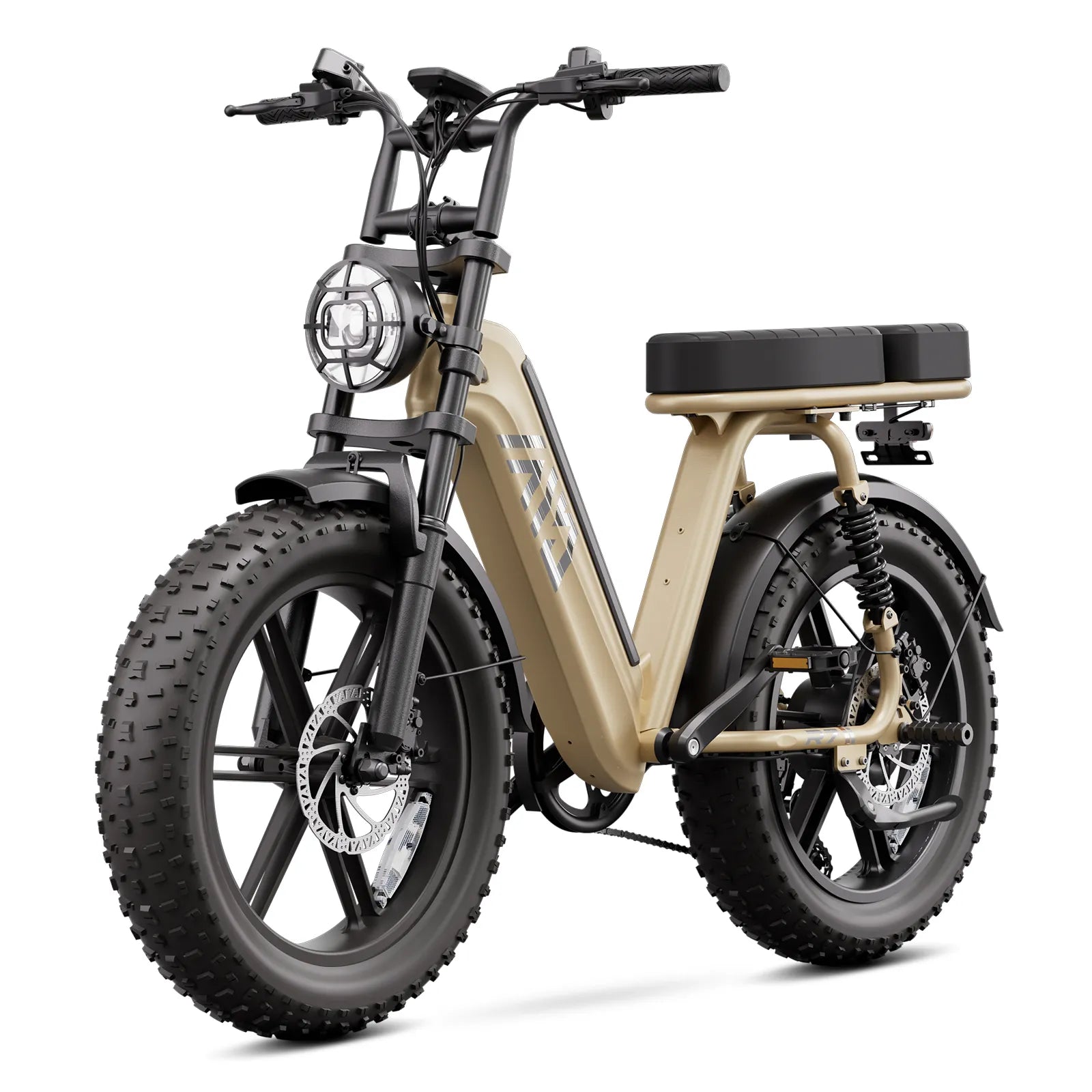


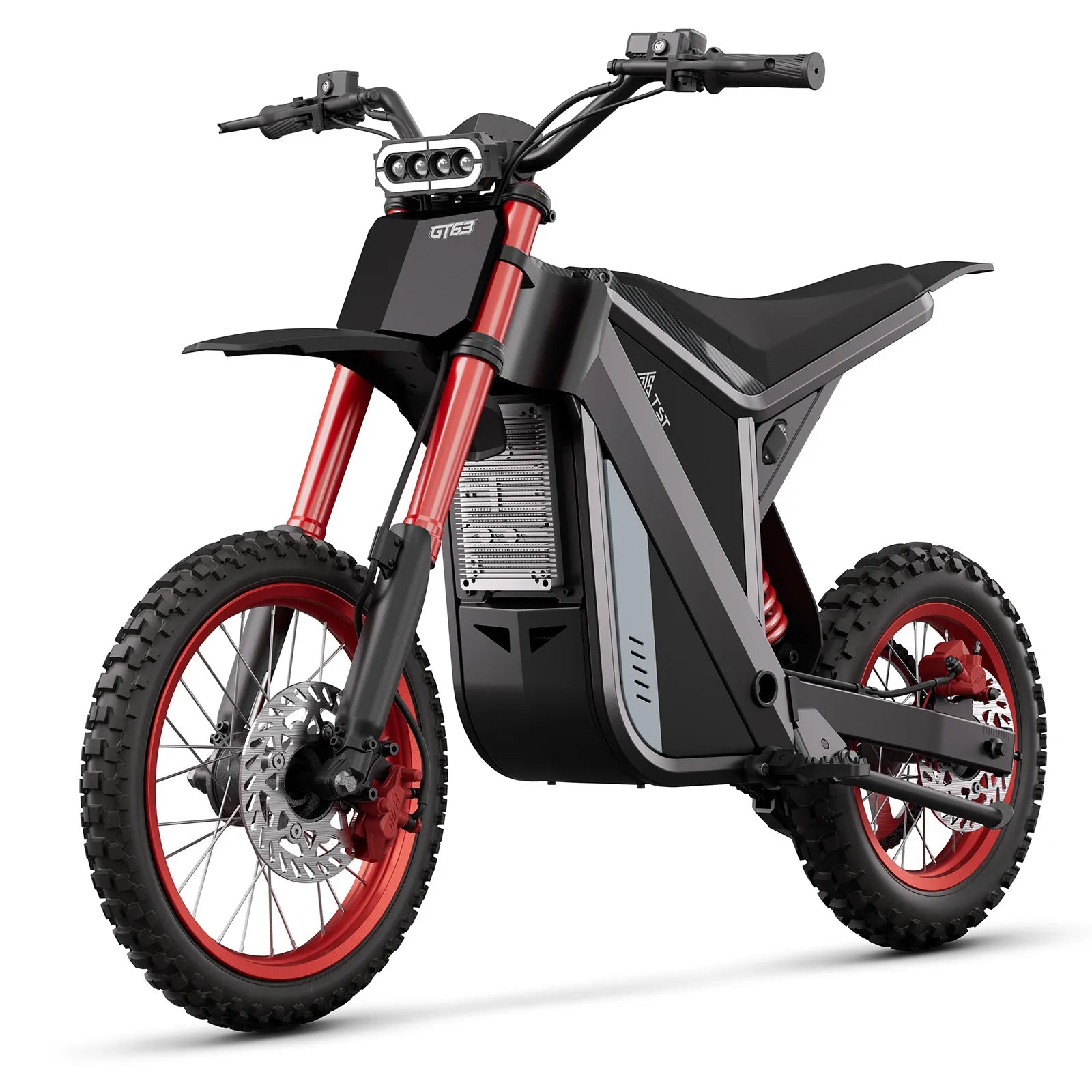
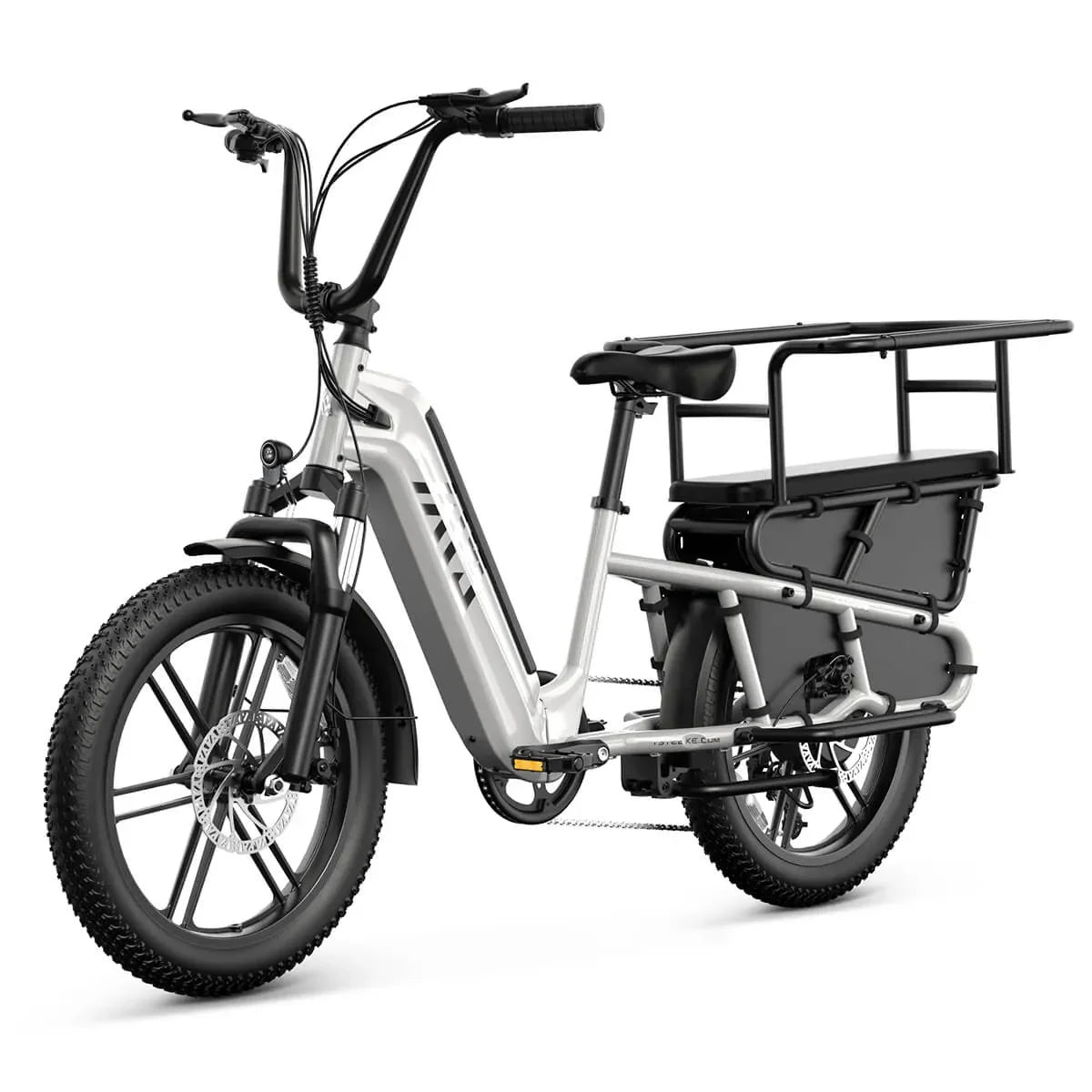
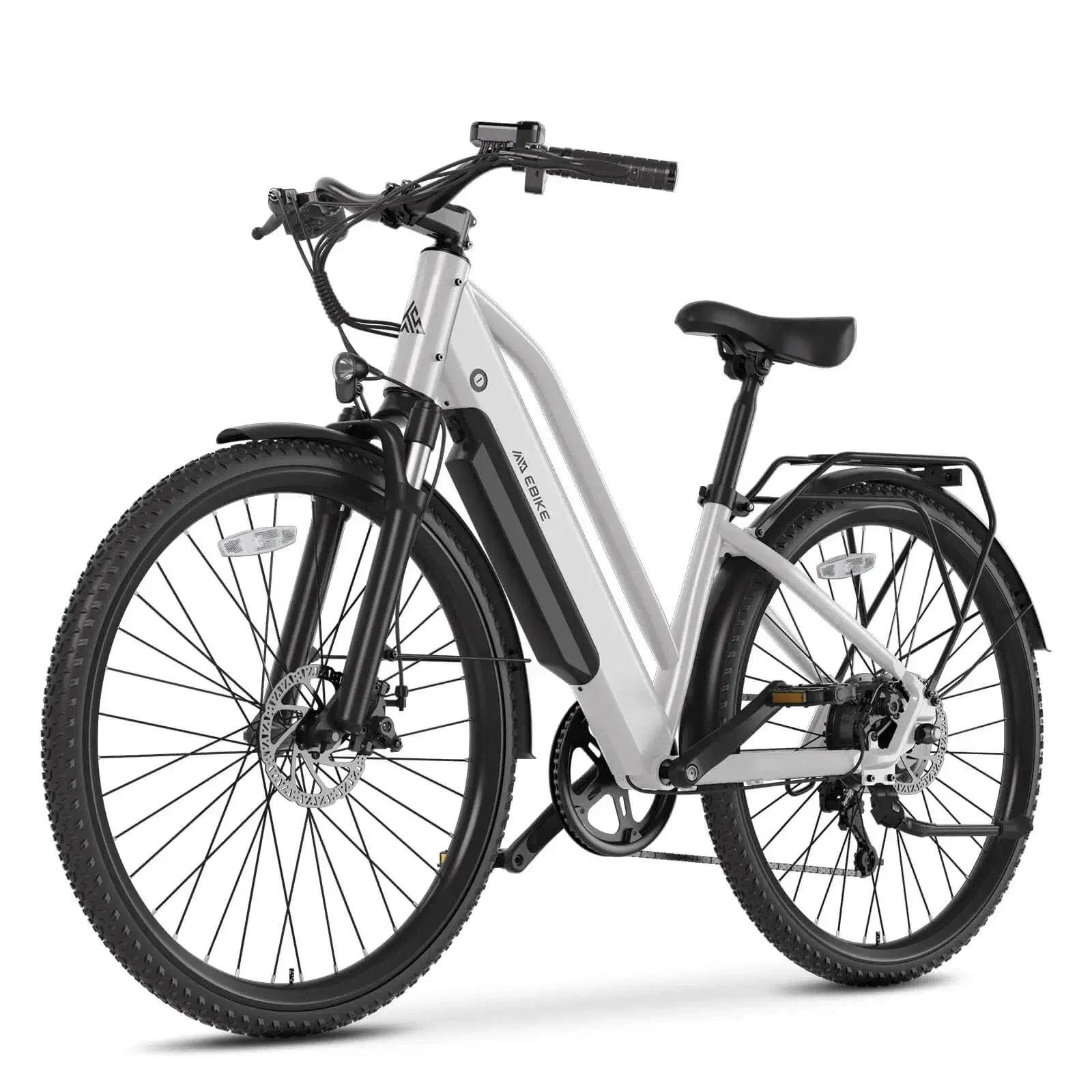
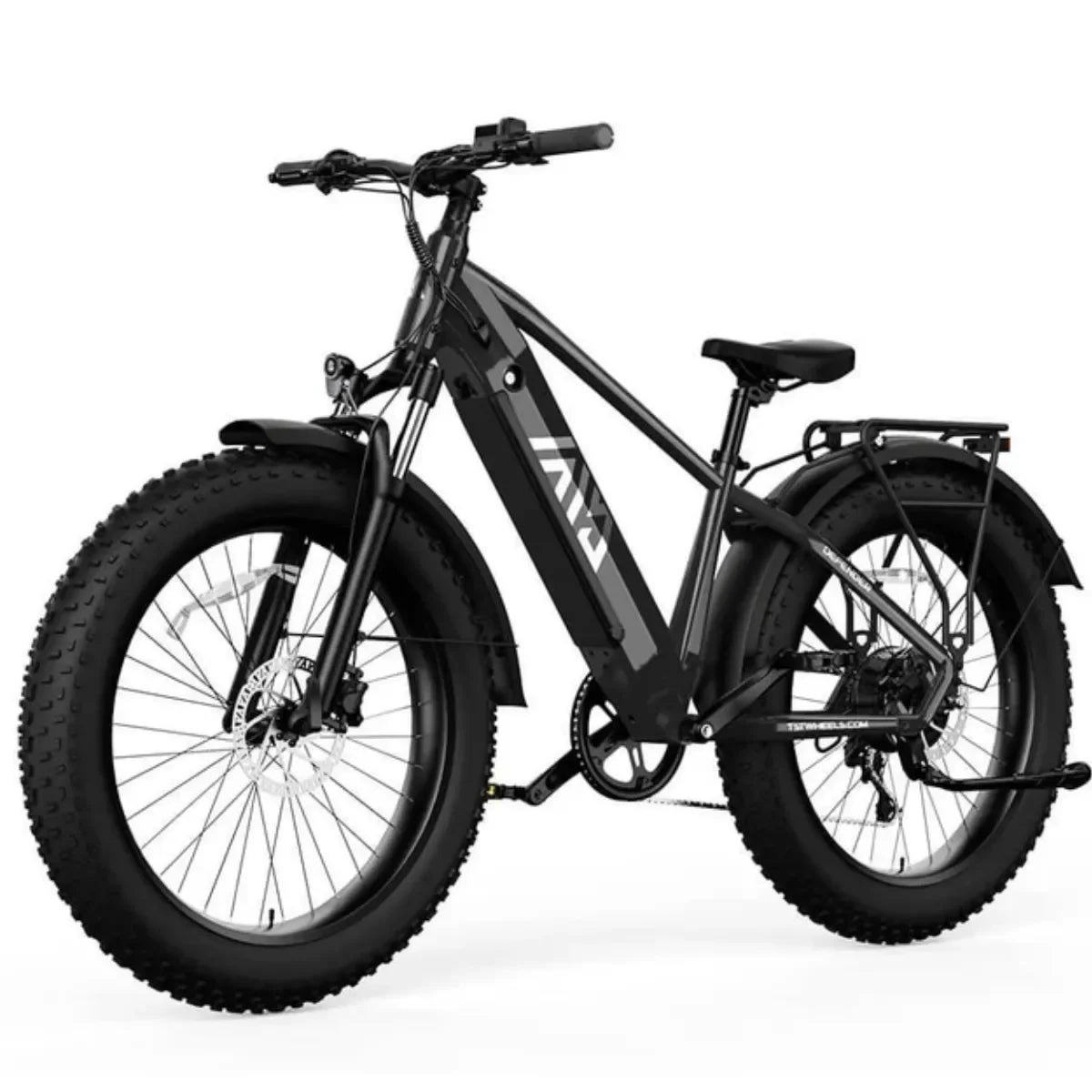
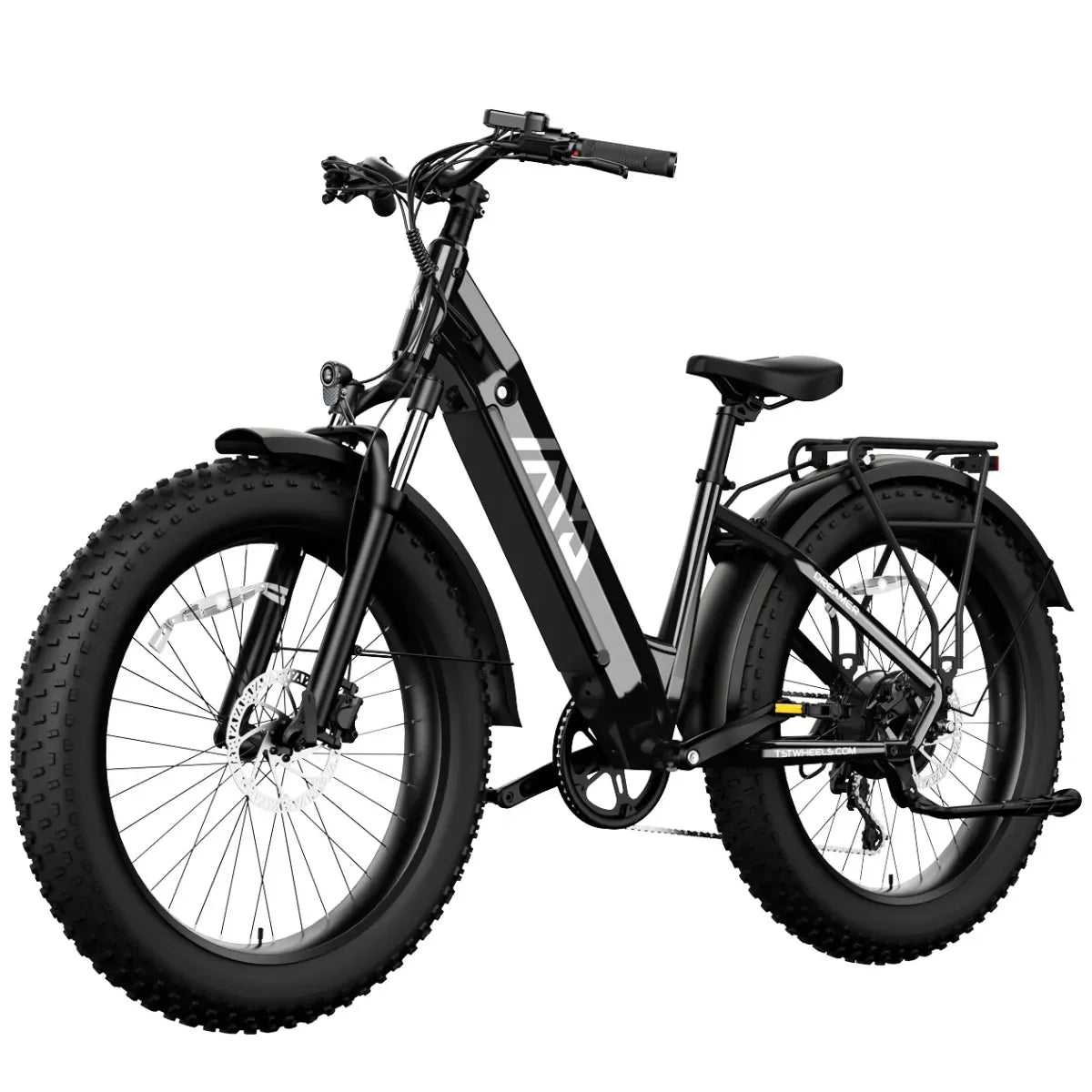
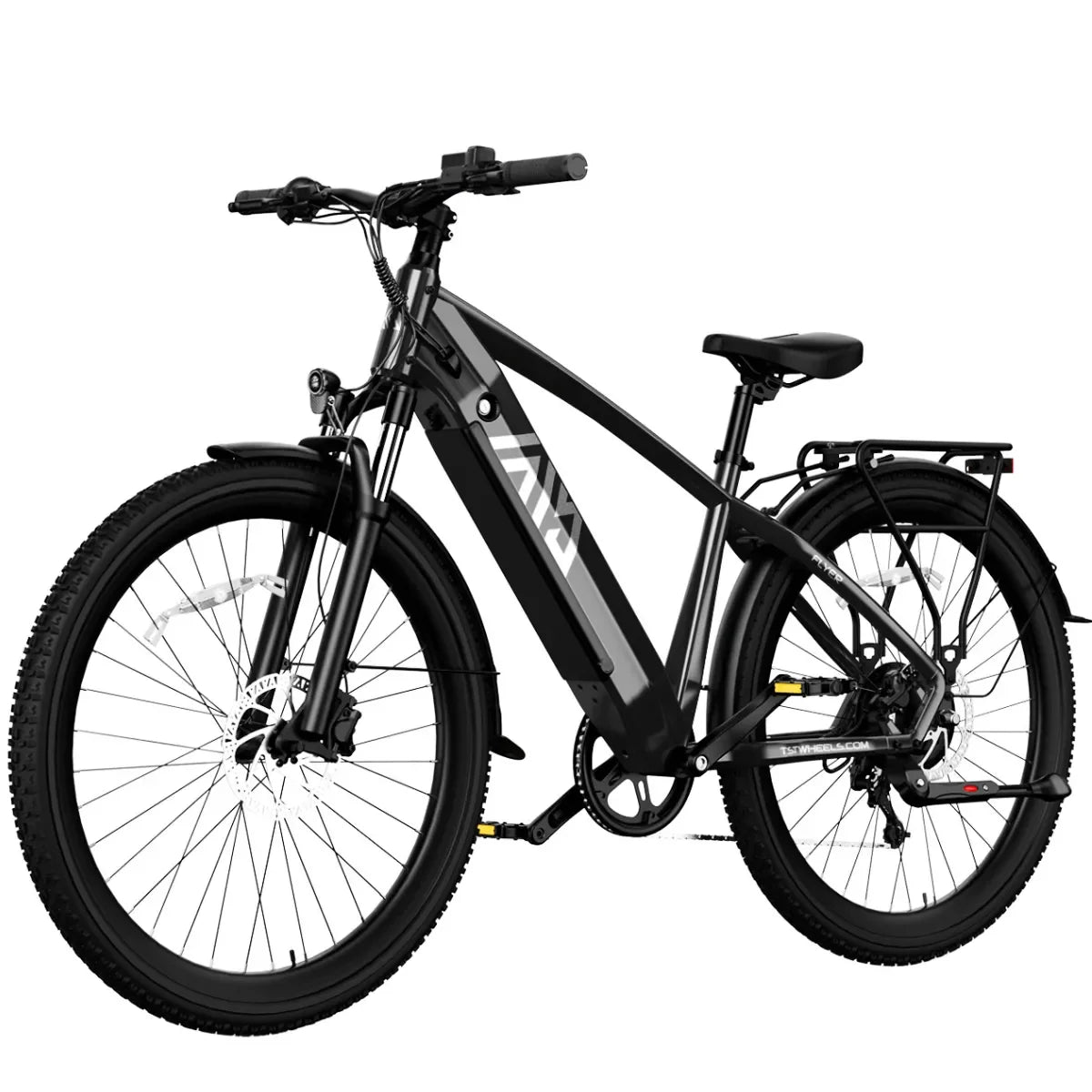
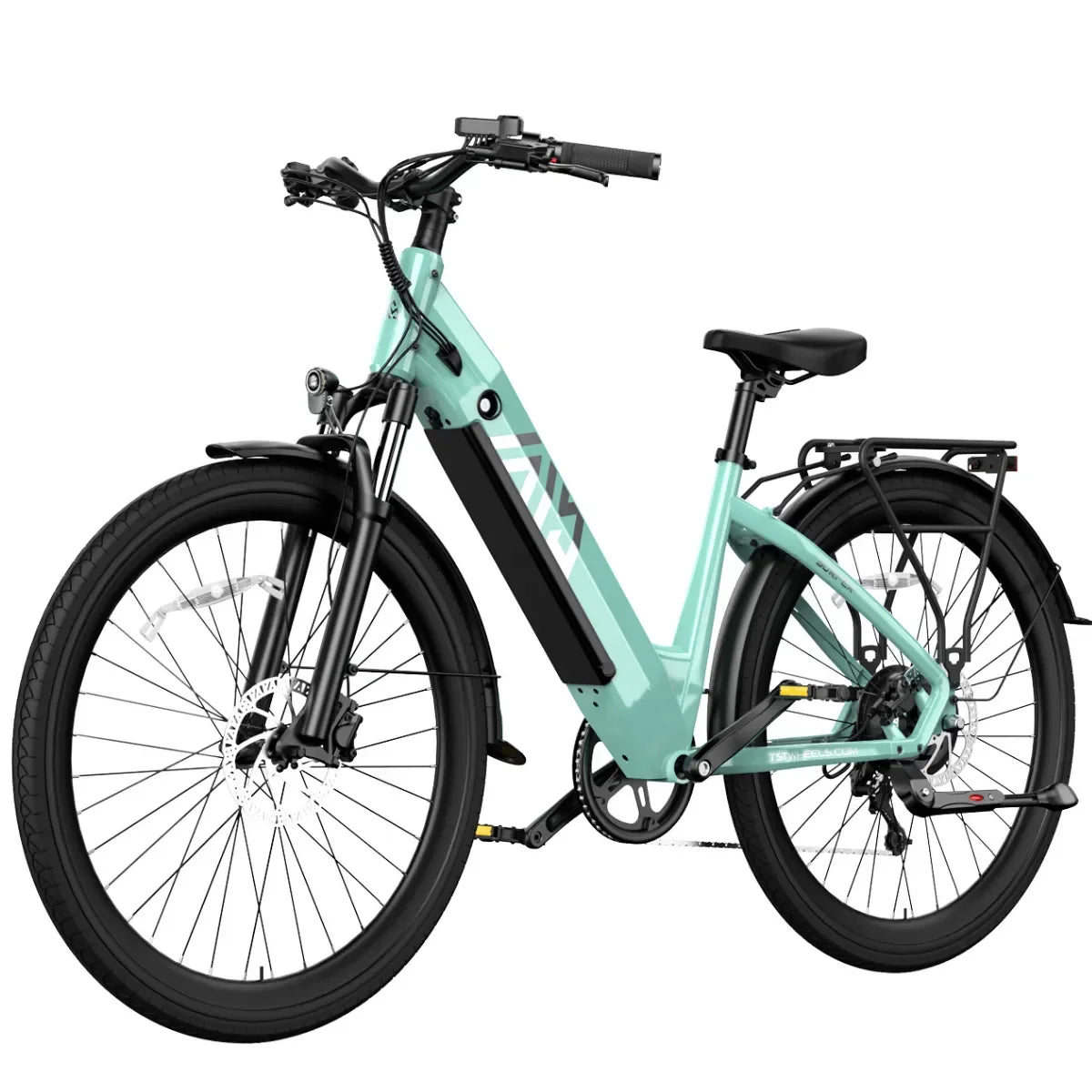
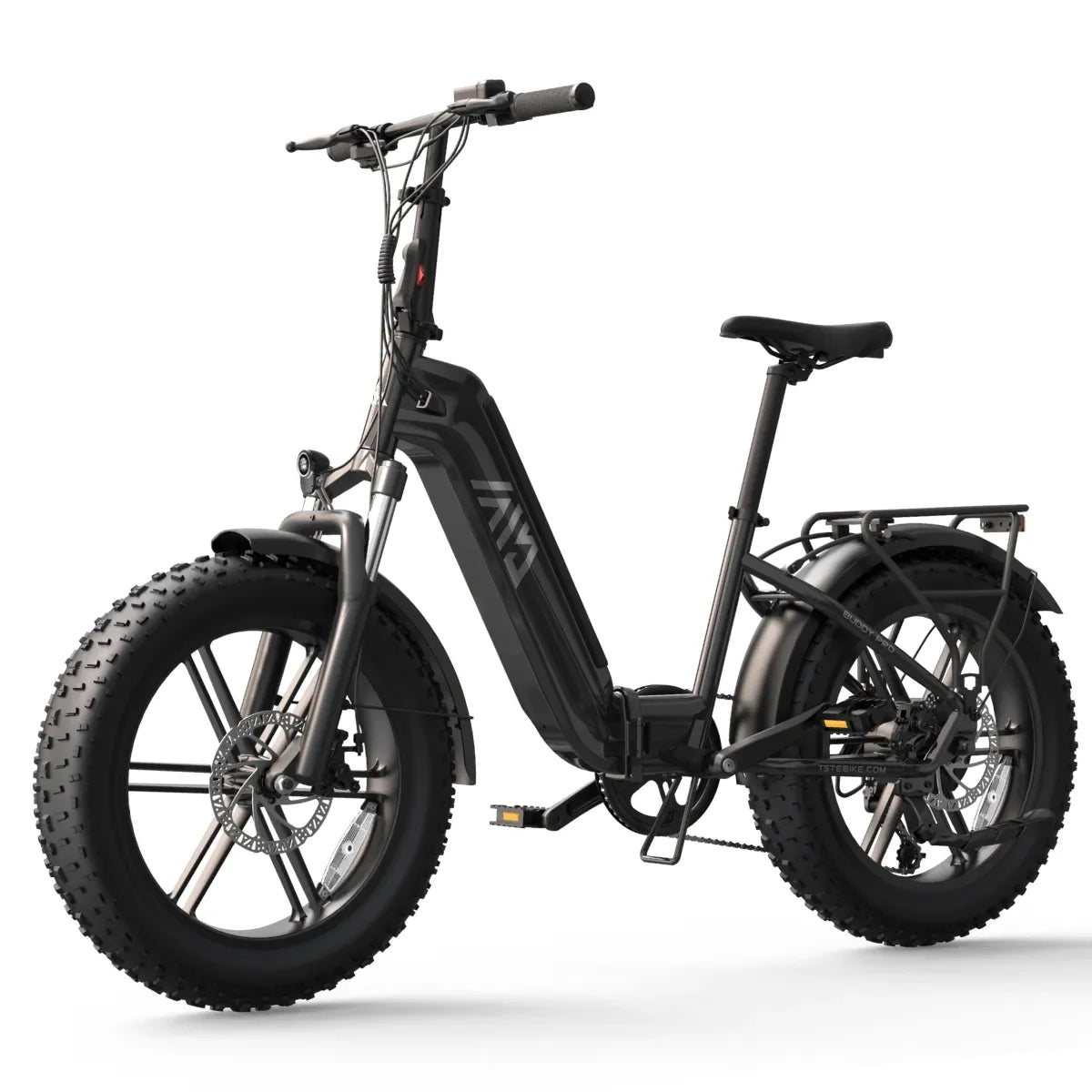
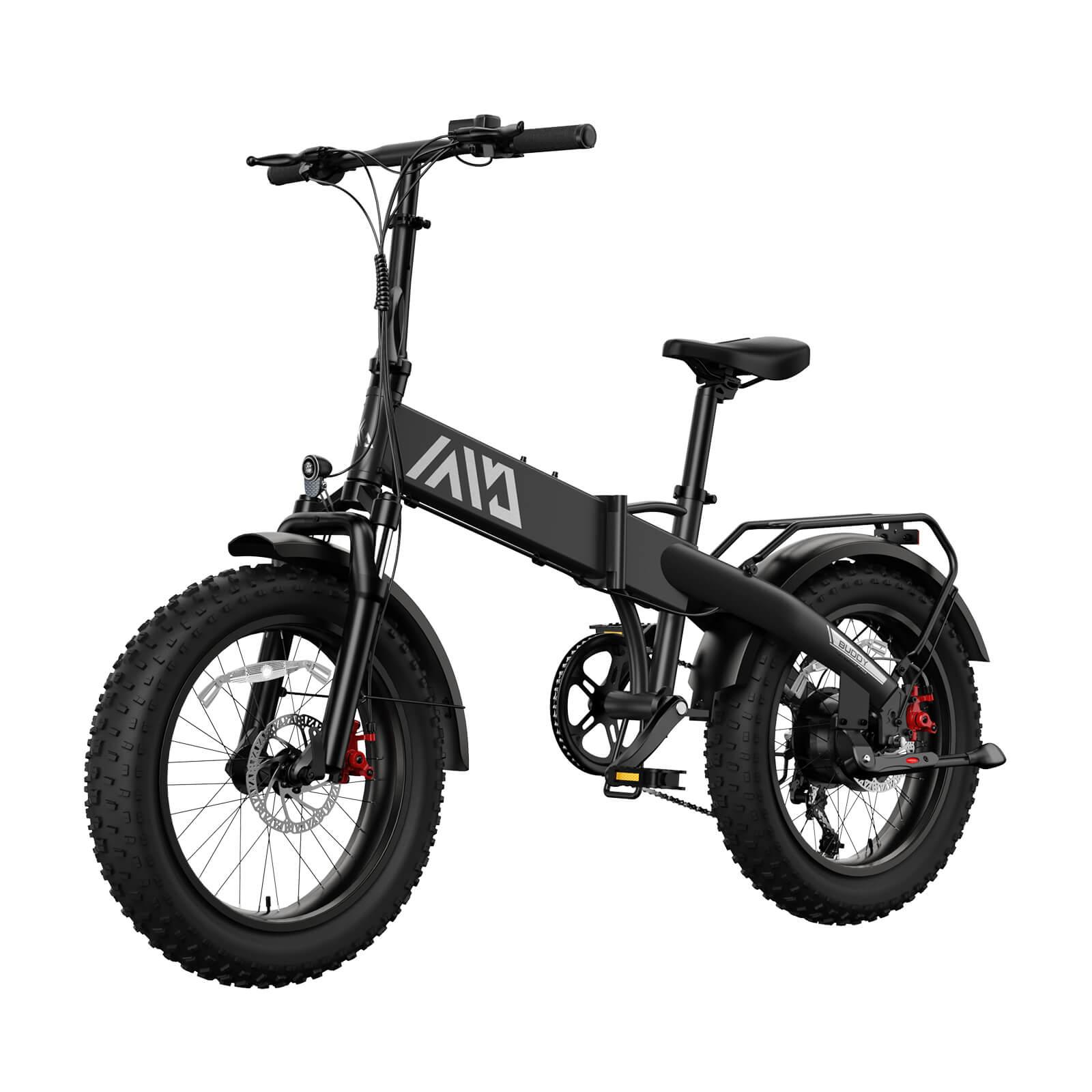
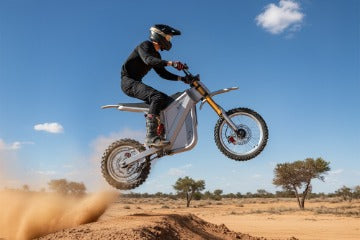
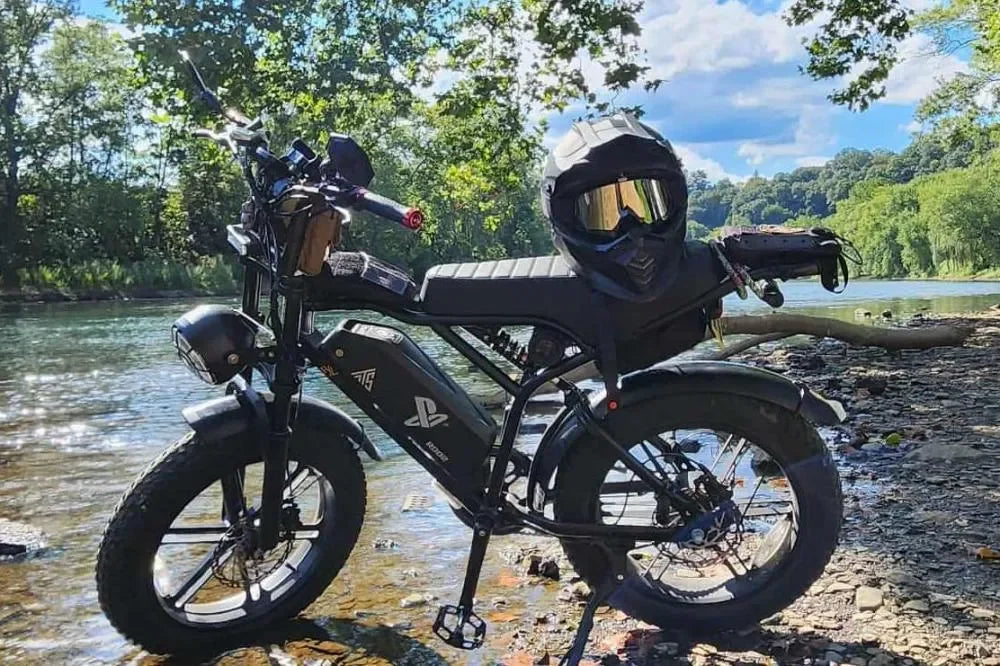
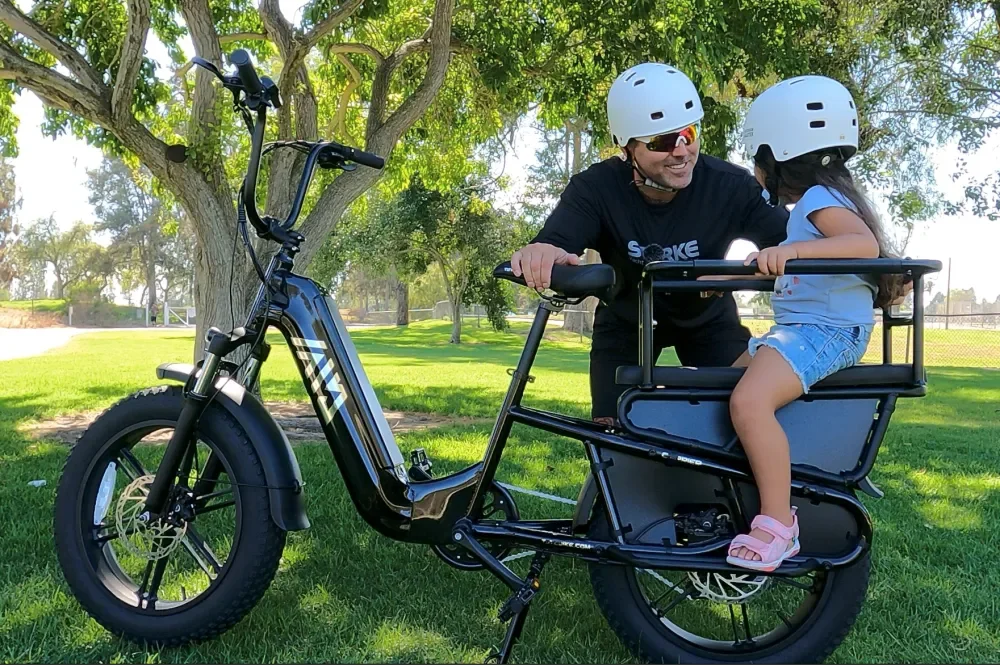
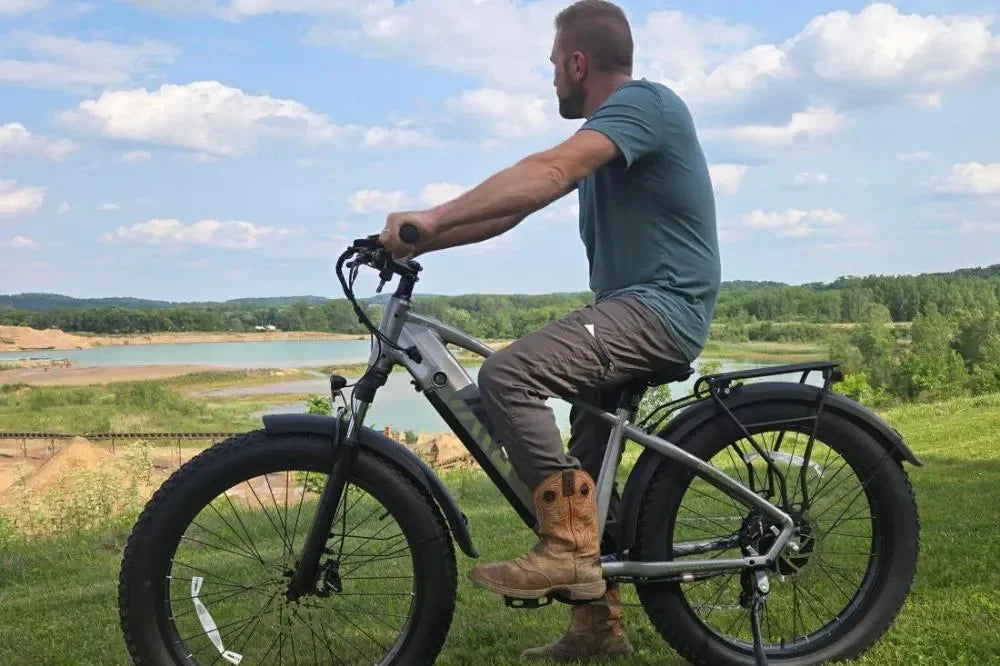
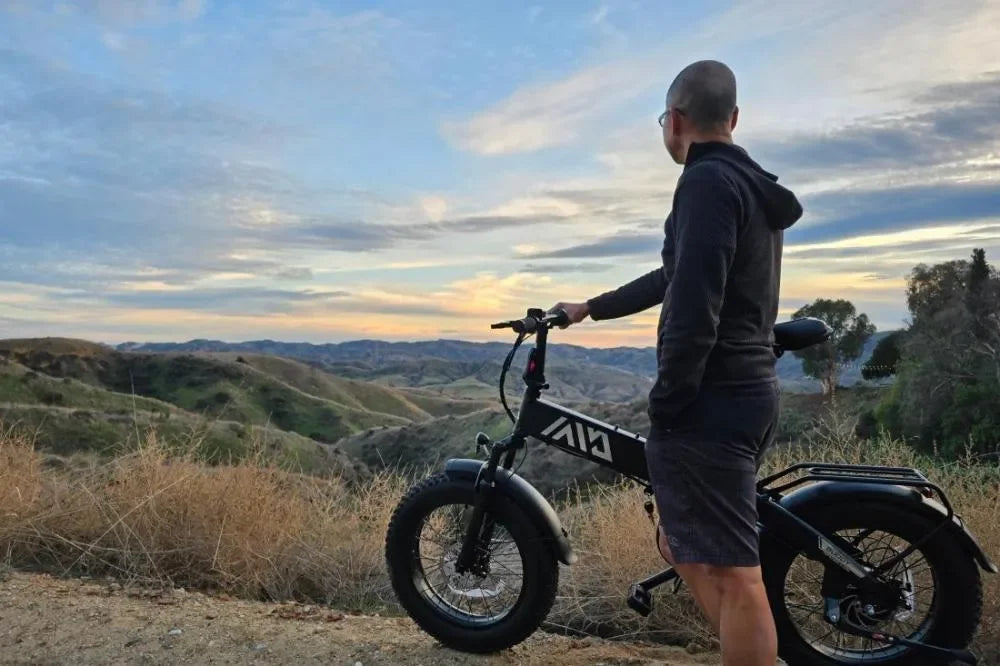
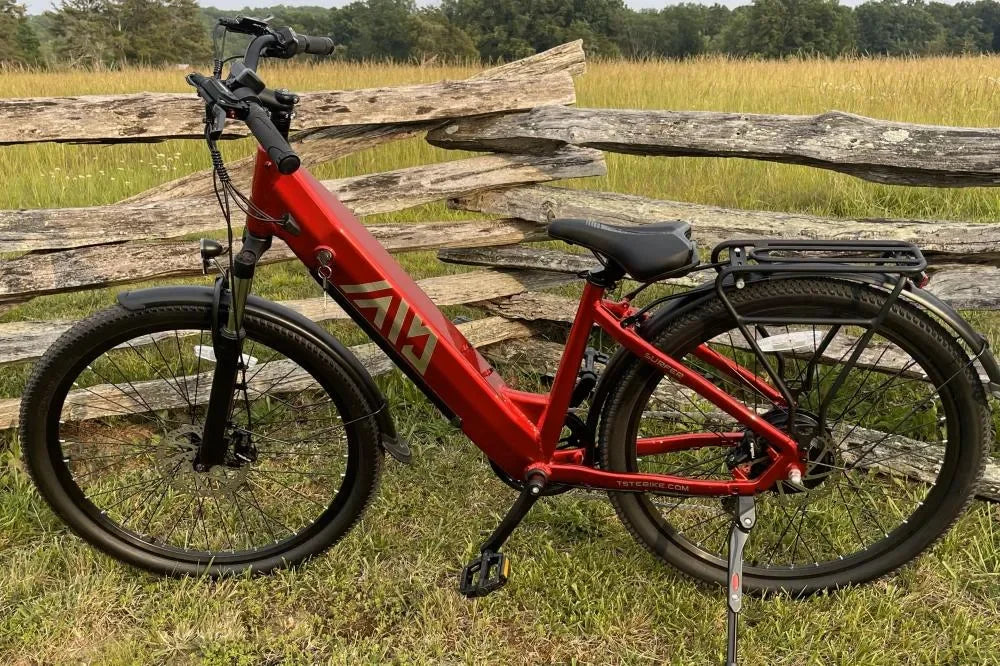
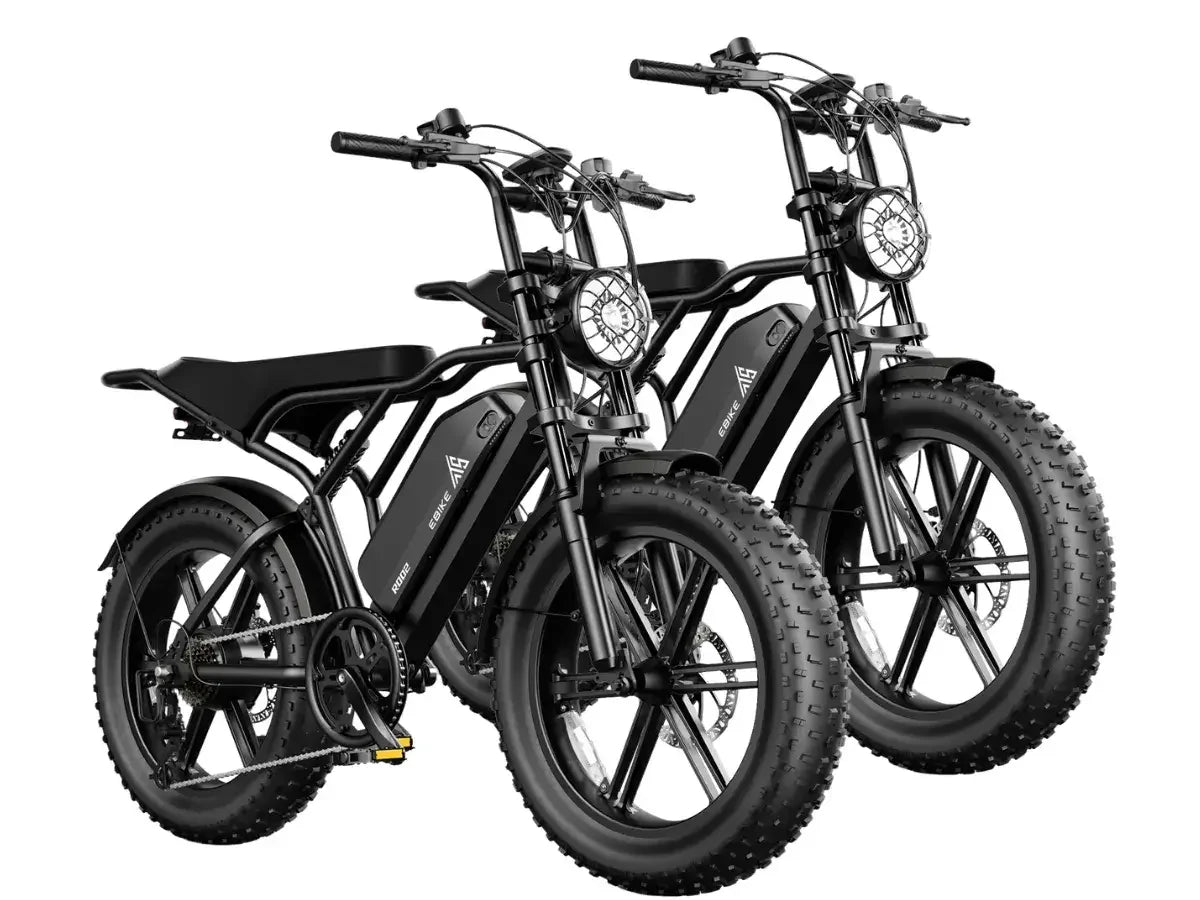
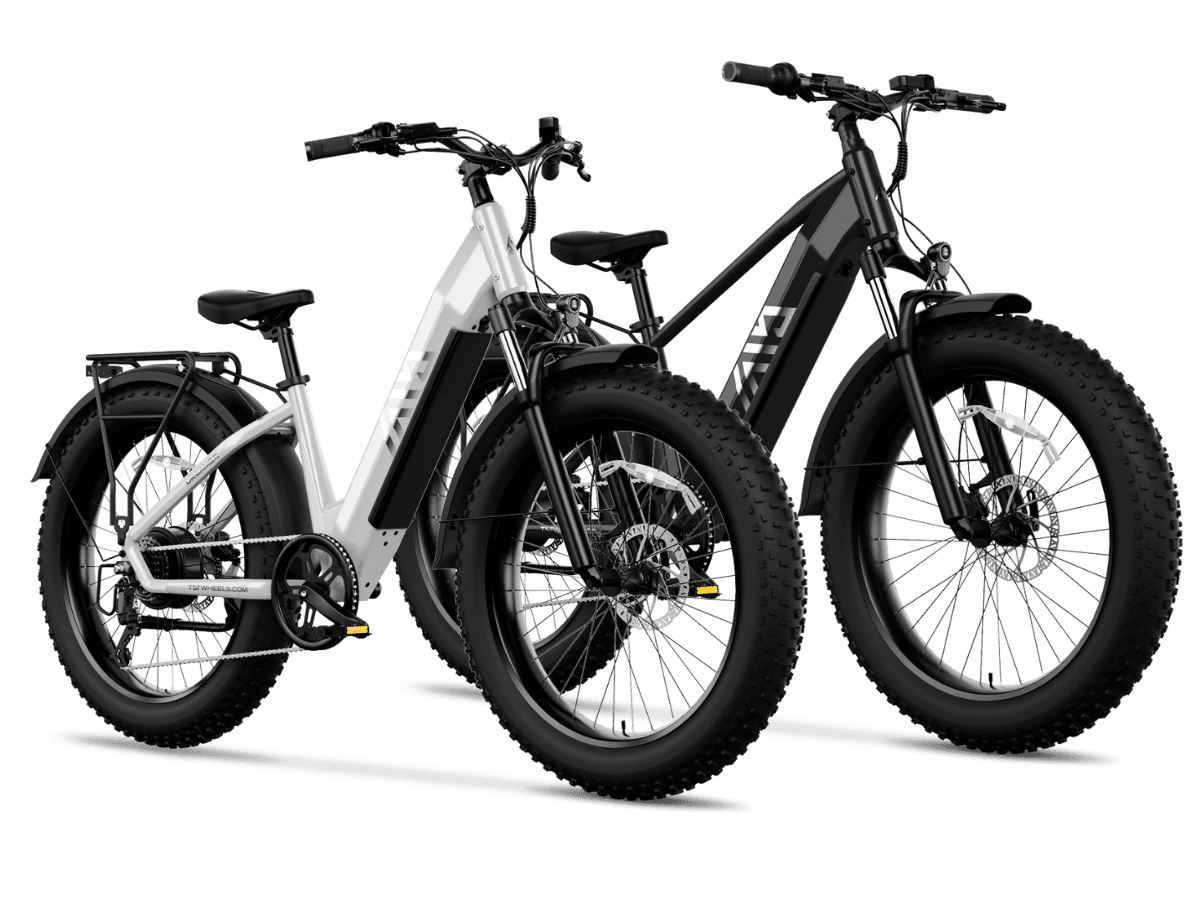
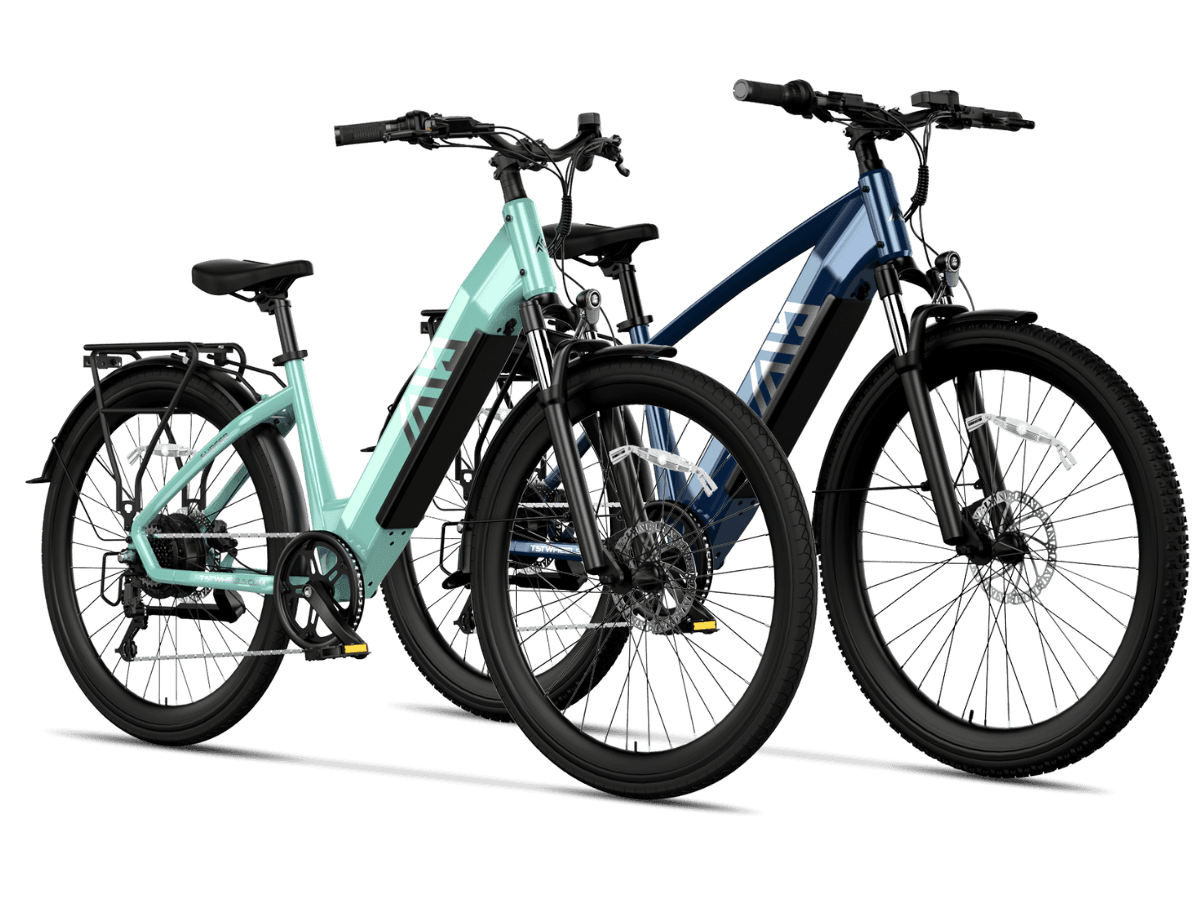
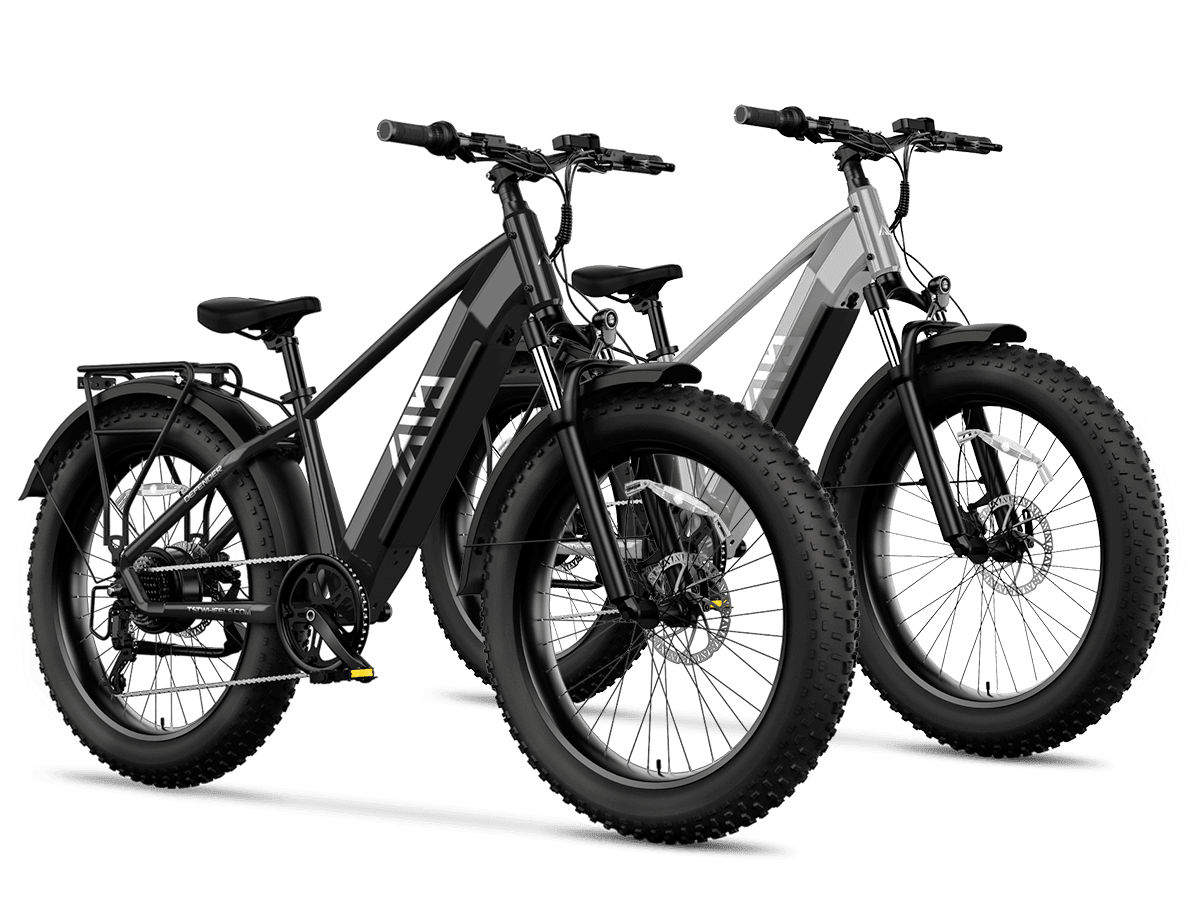
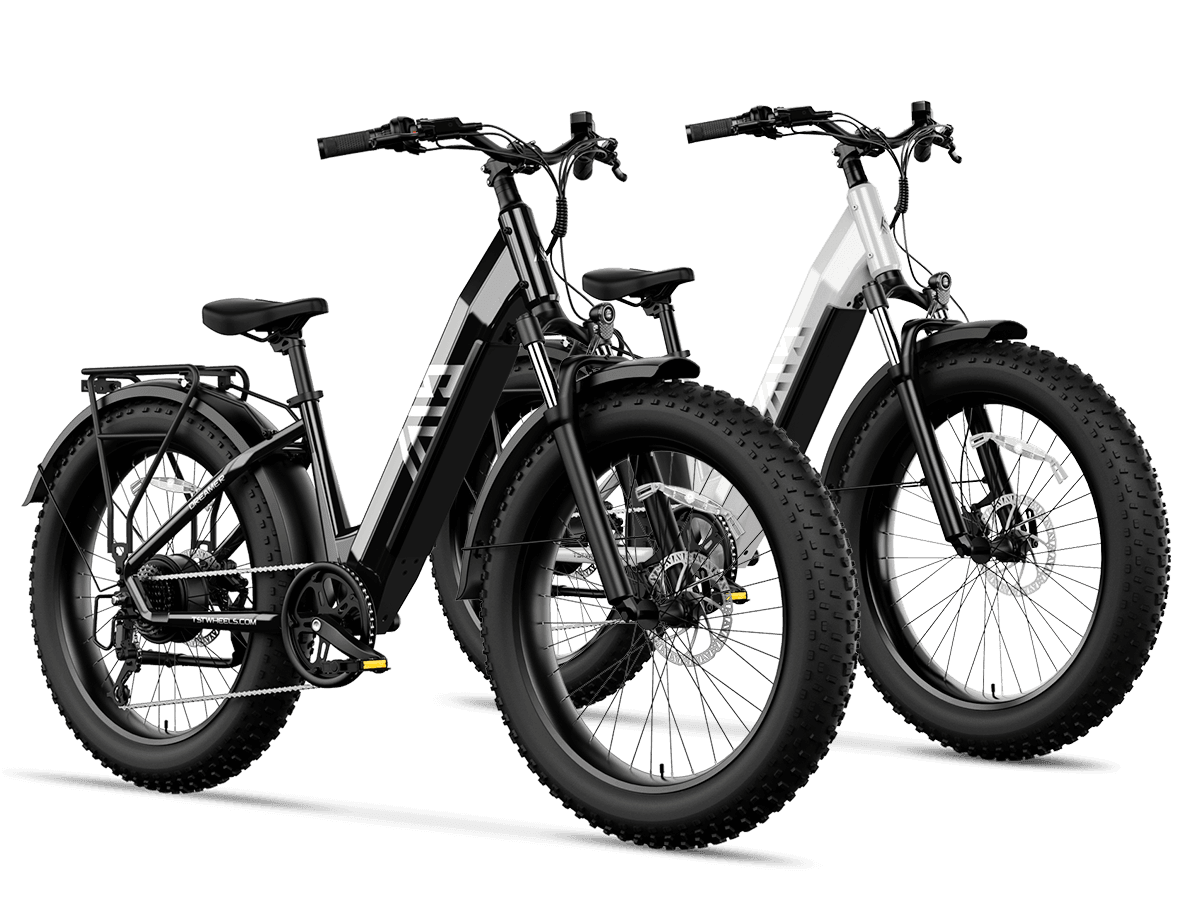
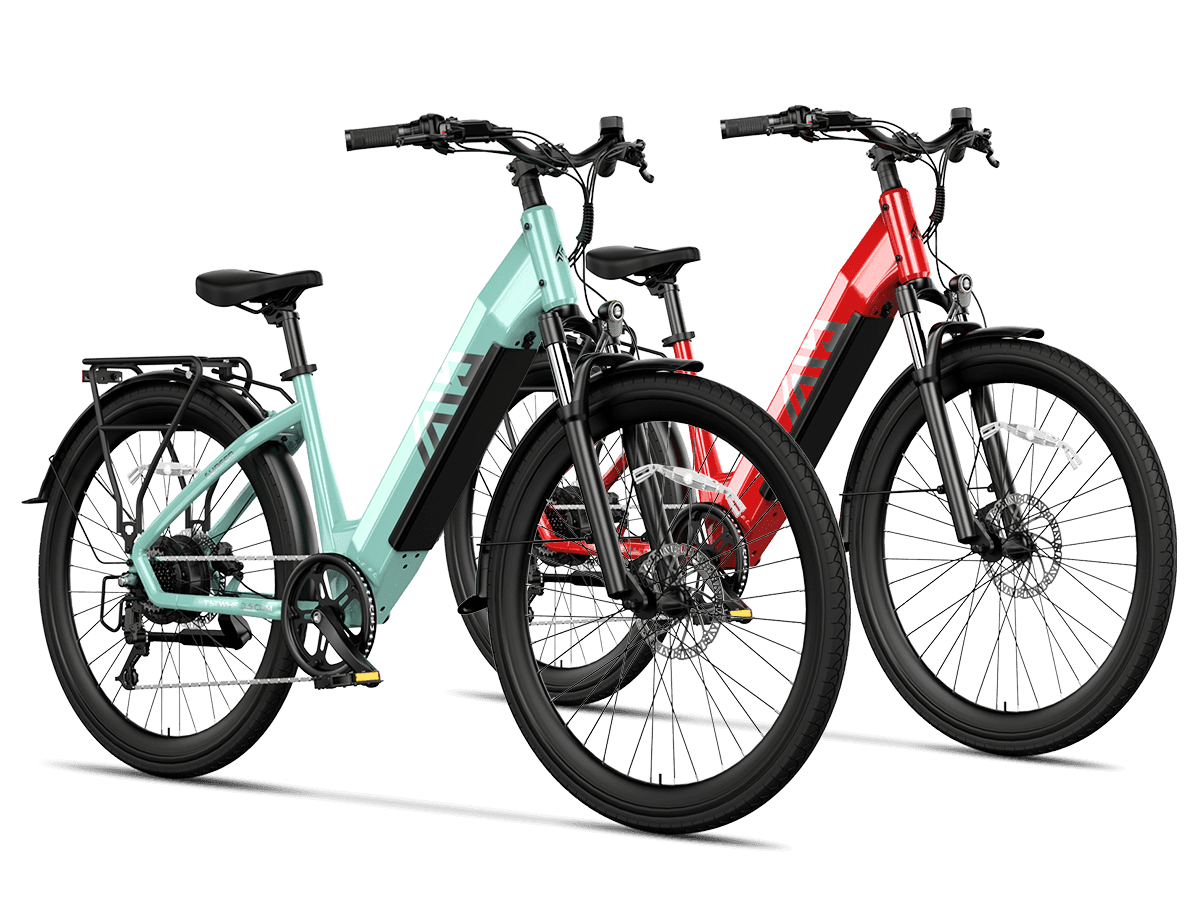
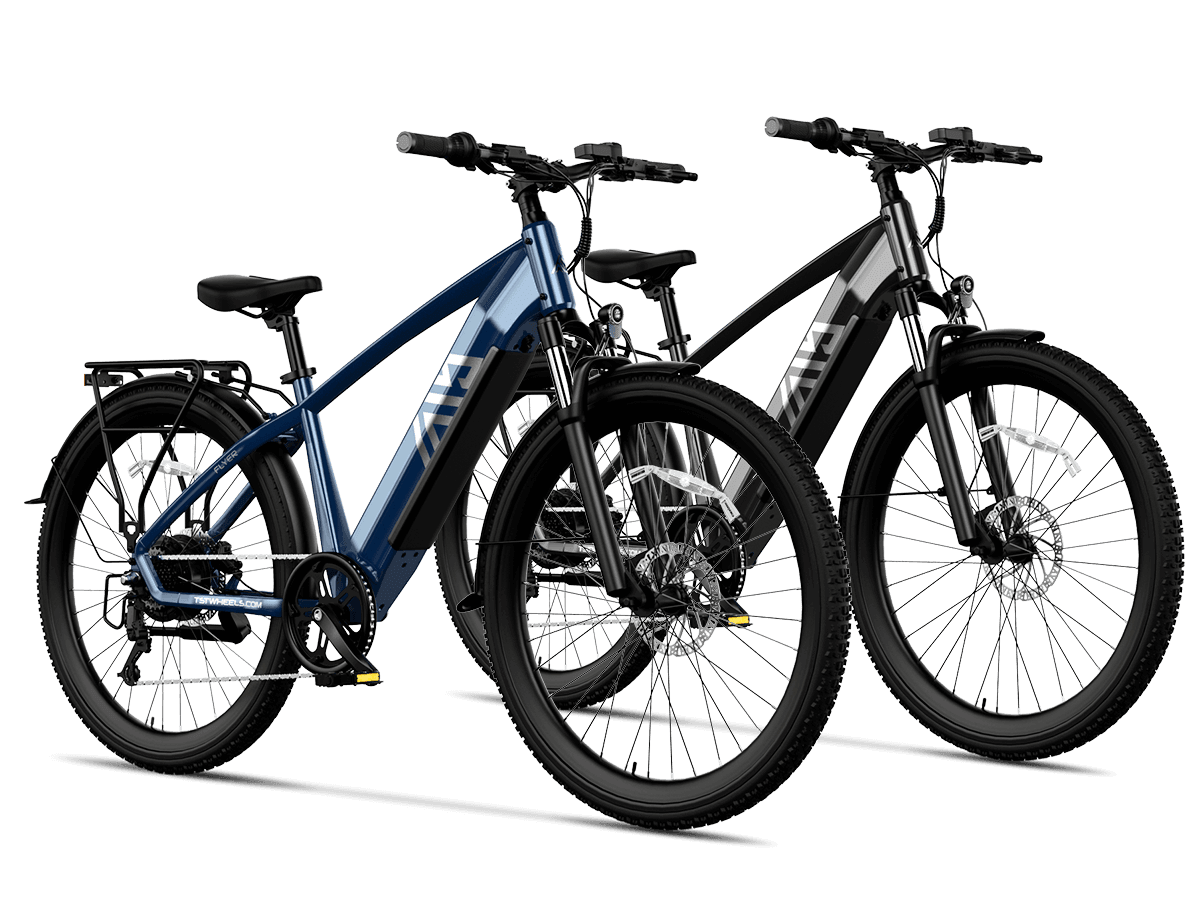
Leave a comment
All comments are moderated before being published.
This site is protected by hCaptcha and the hCaptcha Privacy Policy and Terms of Service apply.